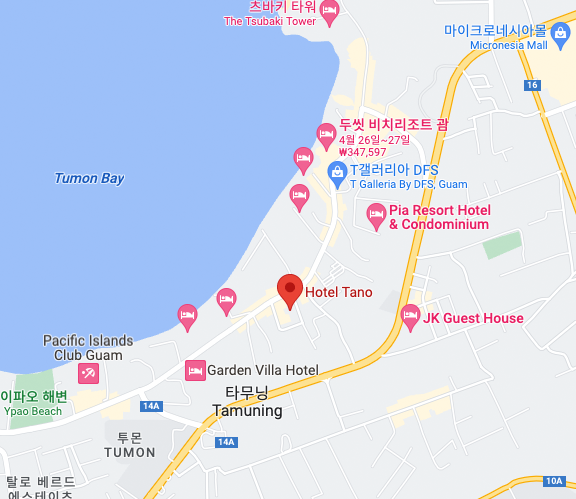How to Program a Replacement
bmw key replacement service Key

The loss of your BMW key can be a huge hassle. However, the good news is that it doesn't need to mean driving miles to a dealer and spending an enormous amount.
Instead, you can get a replacement BMW Key from a professional locksmith which is faster and more affordable. The process is also simpler than you'd think.

Keys Replacement
Losing your BMW car keys could be a nightmare. Keep a spare key in your car to ensure you can quickly get it in case you lose yours. You can buy a new replacement
bmw replacement keys key online from a company that specializes in these products. It is essential to make sure that the key is compatible with the model you have. It's also a good idea to make sure that the key is compatible with your vehicle's safety system. Some insurance policies will cover the cost of a new key.
It could take up to two weeks to receive an alternative
bmw key replacement fob and key. This can be a hassle in an emergency. You can also buy the replacement BMW key and fob from a locksmith. But, you must be aware that these keys must be programmed into the vehicle in order to work. Additionally, you might need to pay for an automobile rental while waiting for the key to arrive.
The smart remote key is found on most newer BMWs. It can lock, unlock and start the car with the push of a button. These advanced keys use an internal battery that could wear out and cause them to stop working or shut down completely. It is possible to replace the battery in your BMW key fob at home.
In contrast to older models of the car which included a metal key, most BMWs use high security transponder keys with an exclusive microchip inside. The laser-cut chip can only communicate with a specific car. This makes it more difficult for criminals to copy or use an unauthentic key to start your vehicle. A professional can visit your home and program a new BMW key that is specific to your vehicle, and they will also erase any keys you have in the system of your vehicle.
If you're looking for an expert who can replace your BMW keyfob, you should choose someone with a long-standing experience. Also, make sure they have a great track record and are available during convenient hours. It's also an excellent idea to inquire about emergency services. In the event of an accident you will be able to avoid costly rental charges for your car.
Key Fob Batteries
The key fob batteries power the device, allowing you to lock and unlock your car or remote start your vehicle from your home. Over time the battery will need replacement.
The best way to know it's time is when you're unable to press any of the buttons on your fob. The good thing is that
replacement key bmw batteries are relatively inexpensive and available at most general stores and home improvement centers and auto parts retailers.
Key fob batteries are tiny button cell batteries that typically include a plus or negative sign to indicate the battery type. Most of them are the same size, so it's simple to replace the battery yourself. To do this, you need to open the fob using a flat-head screwdriver. It might take some force to open the fob, so be careful. Depending on the type of key fob that you have it could be split into two pieces with a notch along one edge that pops out.
Once the fob has been opened then locate the battery. It will look like a small silver coin. Take the old battery out and then carefully insert the new one. Make sure that it is oriented the same way. After the fob is installed, test all of its remotes to ensure they work as expected.
Certain key fobs only require one battery, while others (like those found on older Honda vehicles) require two. Check your owner's guide for specific directions prior to purchasing a second. Also, confirm that the battery is of the right type.
Think about buying batteries for your key fob in bulk so that you have enough on the shelf. You can also buy batteries individually to replace your old key fob batteries. The Energizer 377 battery is an excellent option for key fobs calculators, and other devices that require long-lasting power. The batteries can last up to five years in storage and so having a stock of them can help you avoid repeat trips to the shop.
Key Fob Programming
Key fobs are available on many newer models of cars that can be remotely programmed using a computer or a reprogramming tool. These tools assist vehicle owners professionals, as well as other individuals manage their fobs. They can change the access level of their keys, make new ones, and so on. They can also be used to identify issues and determine if the fob requires replacement. Some key fob reprogramming tools can read and keeping EEPROM information in the vehicle's system. They can also program remote starter functions if your vehicle supports it.
The procedure of programming a car key fob can be quite simple. First, locate the programming instructions for the model of your vehicle. These can usually be found in the owner's manual or on the website of the manufacturer. Once you have this information be sure to follow the instructions carefully to ensure that the key fob is correctly programmed.
After you've successfully reprogrammed the new key fob, test it in your vehicle. If the door locks won't start when you press the lock button, it is a problem with the key fob or system that needs fixing. If this is the case, remove the key from the ignition. Then repeat the procedure with a different key. You can test the second keyfob by locking and unlocking doors.
You can save money by buying an alternative keyfob online however, the cost could be too high. It is important to conduct some research before you make a purchase. Read reviews from customers and feedback.
While some replacement fobs are only available at the dealer, the majority can be made and programmed by a locksmith in your area. Locksmiths typically cost less than the dealership, and often provide a faster service. However it is not every locksmith has the necessary equipment to deal with certain models of cars It is important to inquire about their credentials before hiring them. A locksmith who specializes in key fobs is familiar with the security system of the vehicle, which decreases the possibility of damaging information stored in its module.
Key Fob Key Fob
If your key fob stopped working or you have purchased a replacement and want to program it, there are a few simple steps that can be followed to get everything properly set up. These steps work for most BMW models. If yours is not one of them, you might need to consult a professional.
Start by closing all the windows and doors on your BMW key fob. Place it in the ignition of your vehicle and then swiftly turn it from zero to position five times. Take the key out and repeat the process using the new fob that you want to program. Once you have successfully programmed the key, you will hear it clicking!
The key fob is made up of a variety of small and intricate components that combine to produce the signals required to communicate with the security system inside the car. The key fob has an embedded microprocessor that controls the functions of the key fob, a chip that stores the key codes, as well as a transmitter. A battery supplies power to the transmitter as well as other electronic components. Finally, a case protects the key fob as well as its internal components.
You may require a new car battery in case your key fob isn't able to start your car or does not respond when you hit the unlock button. They are cheap and available online or in your local hardware store. Once you have the battery, you can open the BMW key fob. There is an indentation within the seam between front and back. Remove the smaller piece of the key fob by using a flathead screws. Insert the new battery into its slot and then snap the two halves of the key fob back together.
Key fobs are constantly evolving, introducing new features and security improvements. You can keep up with these developments by reading reliable automotive publications as well as manufacturer updates and online forums. This will allow you to get the most of your BMW security systems and protect your vehicle from theft.
















